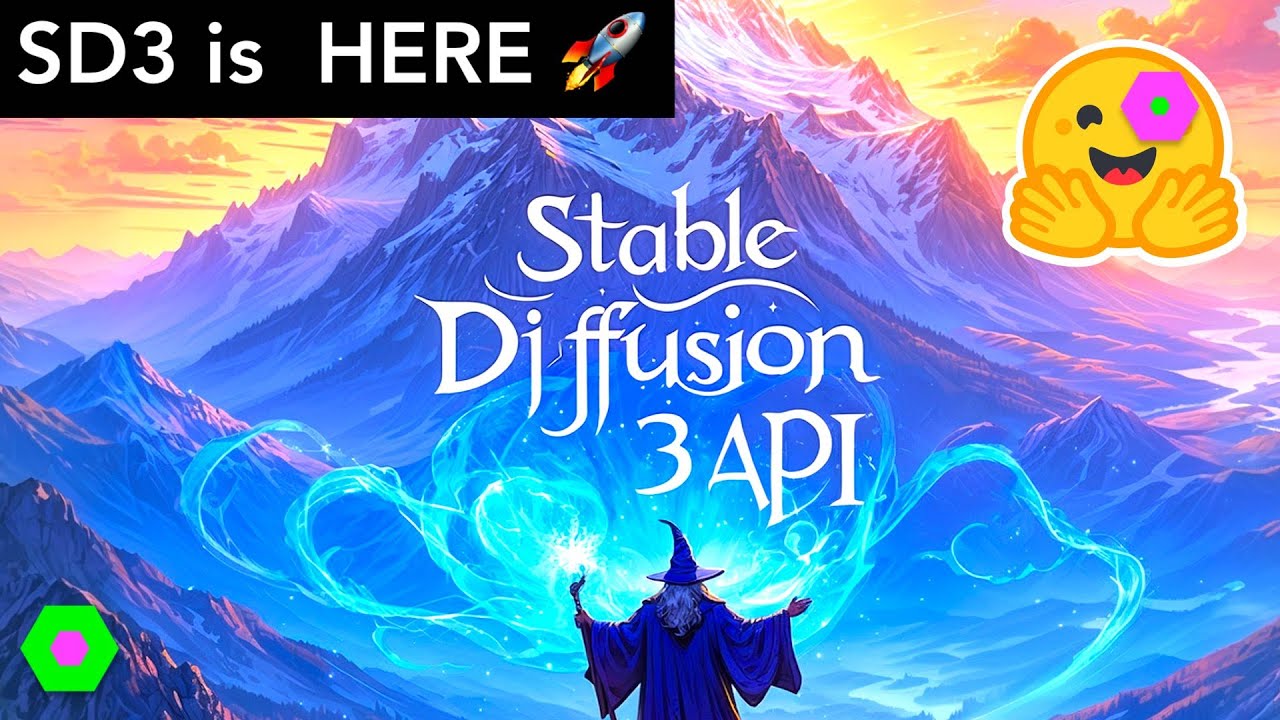Stability AI, known for its advancements in open-source generative AI, faced recent challenges but generated excitement with the launch of Stable Diffusion 3 and Turbo models. The introduction of a membership-based access system, partnership with Fireworks AI, and pricing structure for Stable Diffusion 3 hinted at a strategic shift in how the company distributes and monetizes its advanced AI models.
Stability AI has been a key player in the realm of open-source generative AI for the past two years, outshining competitors with its rapid advancements. However, in recent months, the company faced challenges such as the departure of its CEO and struggles with corporate restructuring, including unpaid GPU bills to Amazon and Core Weave. Despite uncertainties surrounding the company’s financial stability, the announcement of Stable Diffusion 3 and Stable Diffusion 3 Turbo on Stability AI’s developer platform API brought a wave of excitement.
The release of Stable Diffusion 3 showcased impressive capabilities in creating complex scenes with text, as demonstrated by various examples like a wizard atop a mountain and a turtle riding the subway. The sparse details on the pricing and features of the model left some questions unanswered, hinting at a potential shift towards a more monetized approach with a Stability AI membership required for accessing model weights. The partnership with Fireworks AI aimed to enhance the API’s performance and reliability, addressing concerns about service availability.
The introduction of the Stability AI membership signaled a new product offering, resembling a Creative Cloud subscription for accessing various models online. Different tiers of membership were outlined, distinguishing between commercial and non-commercial use. The pricing structure revealed that the cost of using Stable Diffusion 3 through the API was notably higher than other models, raising questions about computational intensity and availability of GPUs.
The efficiency and cost of Stable Diffusion 3 were highlighted, with pricing varying based on the type of content generated, such as images, paintings, or videos. The model’s computational demands and pricing structure prompted discussions on the affordability and value proposition of the Stability AI membership. The move towards a membership-based access model hinted at a potential evolution in how generative AI models are distributed and utilized in the community.
Overall, the release of Stable Diffusion 3 brought both excitement and scrutiny within the AI community. The implications of the new licensing model, pricing strategy, and partnership choices signaled a shift in Stability AI’s approach to market its advanced generative AI models. As the company navigates through challenges and opportunities in the evolving landscape of AI technology, the reception and adoption of Stable Diffusion 3 will likely shape the future trajectory of Stability AI and its position in the market.
